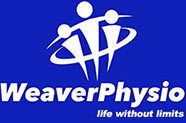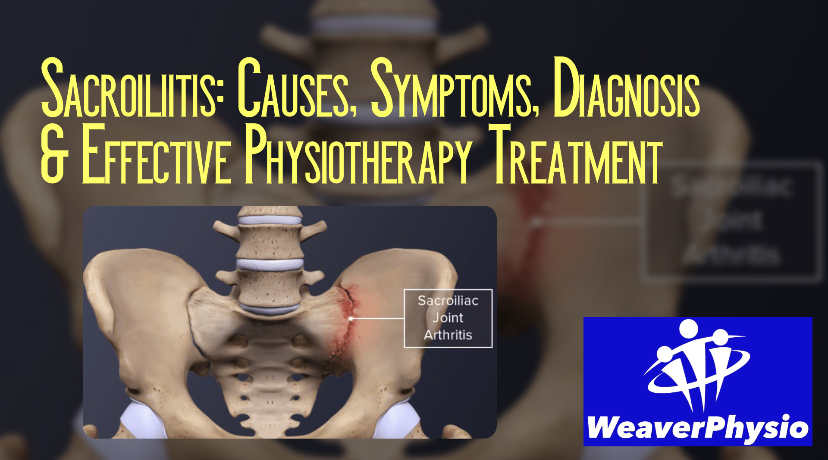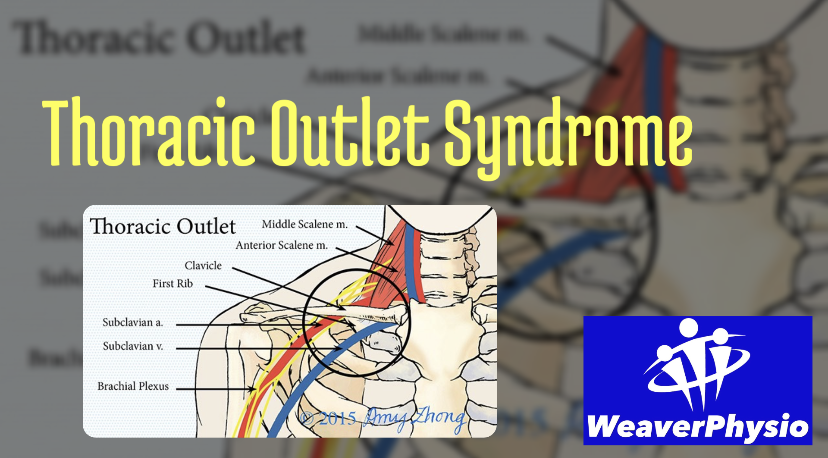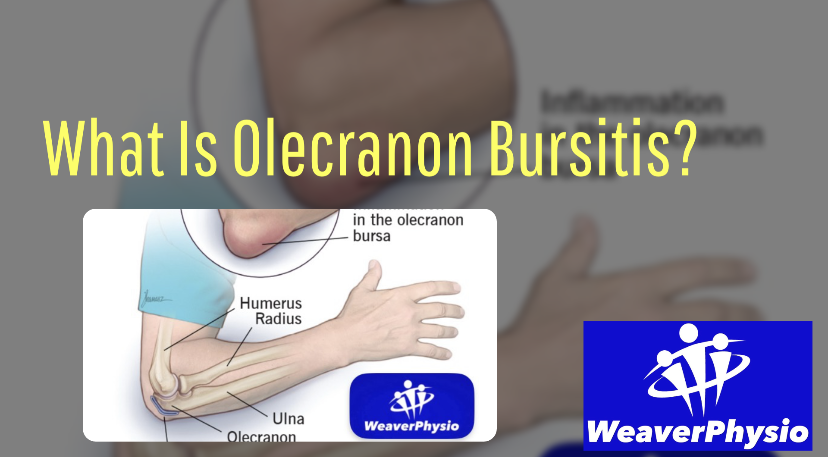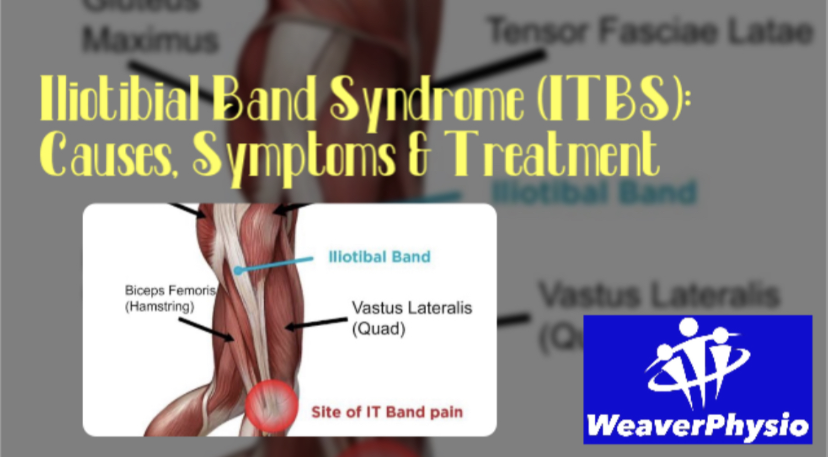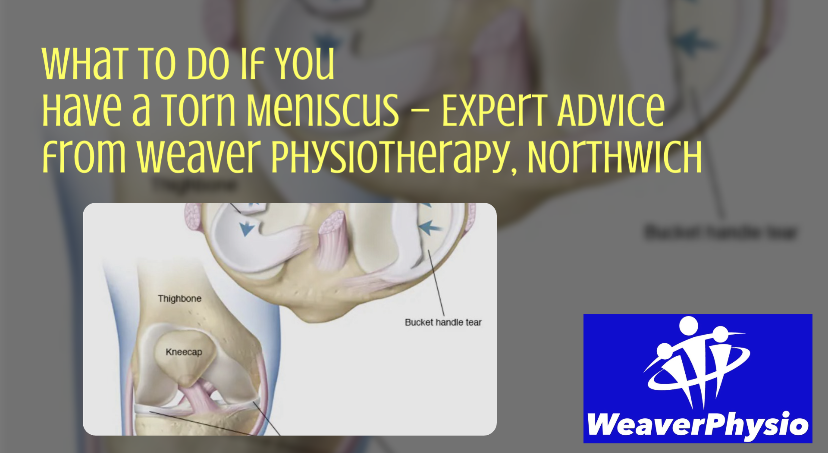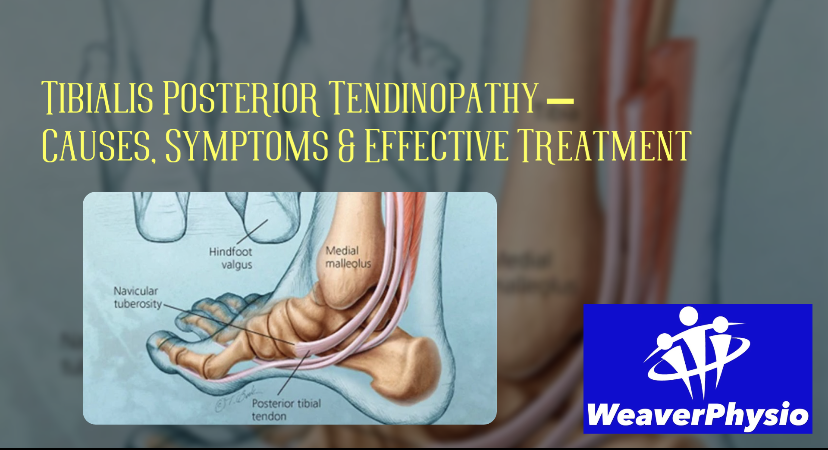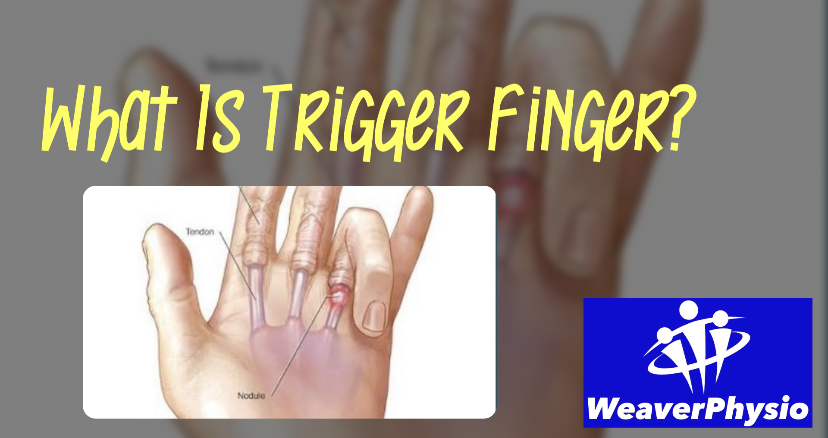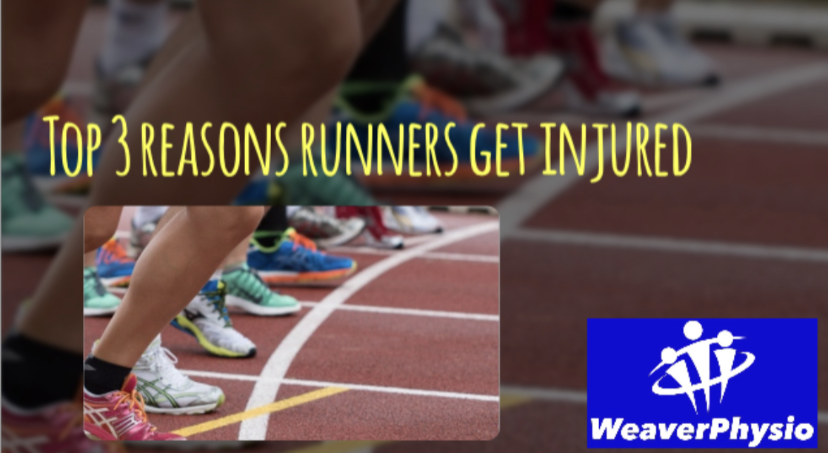The Power of Soft Tissue Release (STR) in Massage Therapy
How It Helps You Heal and Perform
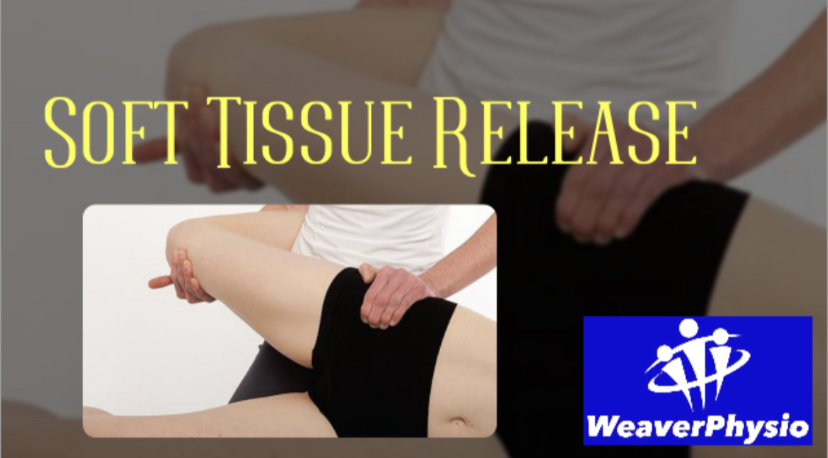
At Weaver Physio, we use a wide range of evidence-based manual therapy techniques to help our clients move better, recover faster, and stay pain-free. One of the most effective methods we use is Soft Tissue Release (STR) — a targeted, hands-on technique designed to lengthen and free up restricted muscles, fascia, and connective tissue.
Whether you’re an athlete, office worker, or someone struggling with chronic tightness or pain, STR can be a game-changer in your recovery and performance journey.
What Is Soft Tissue Release?
Soft Tissue Release (STR) is a dynamic massage therapy technique that combines manual pressure with active or passive movement of the muscle being treated. Unlike static techniques, STR works with movement — which is one of the reasons it is so effective.
Here’s how it works:
• The therapist shortens the targeted muscle (bringing its attachment points closer).
• While maintaining precise pressure on the tissue, the muscle is then lengthened through its range of motion.
• This technique helps break down adhesions, release tension, and restore optimal tissue function.
STR is most commonly used to treat:
• Muscle tightness and knots
• Overuse injuries
• Scar tissue
• Postural imbalances
• Sports injuries and performance restrictions
Why Do Soft Tissues Get Tight or Restricted?
Muscles, fascia, and other soft tissues can become shortened or restricted due to:
• Repetitive strain (e.g. running, cycling, typing)
• Poor posture
• Previous injuries or trauma
• Lack of mobility
• Chronic inflammation or stress
Over time, these restrictions can lead to compensation patterns, joint dysfunction, and pain. This is where STR plays a vital role — it restores the tissue’s ability to lengthen and contract properly, which is essential for healthy, pain-free movement.
The Benefits of Soft Tissue Release at Weaver Physio
At Weaver Physio in Northwich, our expert therapists integrate STR into massage and physiotherapy sessions to support clients across all walks of life — from athletes recovering from injury to office workers battling desk-related tension.
Here are the key benefits of STR:
1. Relieves Muscle Tightness and Spasms
STR specifically targets the shortened, tense areas within a muscle. By actively releasing these “hot spots,” you’ll experience immediate improvements in flexibility, comfort, and movement. It’s especially beneficial for muscles that feel “stuck” or painful when stretched.
2. Improves Flexibility and Range of Motion
Restricted tissues limit how far a joint can move and can affect your athletic performance or daily function. STR helps lengthen muscles and break down adhesions within fascia, improving your ability to move freely and efficiently.
This is particularly useful for:
• Runners with tight hamstrings or calves
• Cyclists with stiff hip flexors
• Desk workers with limited shoulder or neck mobility
3. Accelerates Recovery from Injury
Whether you’re dealing with plantar fasciitis, Achilles tendinopathy, IT band syndrome, or low back pain, STR helps:
• Break up scar tissue
• Promote blood flow to injured tissues
• Restore proper muscle activation and joint alignment
All of this supports faster, more complete recovery and reduces the risk of re-injury.
4. Enhances Athletic Performance
Tight or dysfunctional tissues limit your speed, strength, and coordination. STR not only restores length to overactive muscles but also helps improve the timing and efficiency of movement — giving you a real edge whether you’re sprinting, lifting, or playing a sport.
By keeping tissues healthy and mobile, STR:
• Improves muscle recruitment
• Supports better biomechanics
• Reduces post-exercise soreness
5. Corrects Muscle Imbalances and Postural Issues
Poor posture — especially from prolonged sitting — creates predictable patterns of tightness in the body. STR targets these problem areas (like the neck, shoulders, hip flexors, and lower back) to help restore muscular balance and spinal alignment.
STR is ideal for treating common posture-related issues such as:
• Forward head posture
• Rounded shoulders
• Anterior pelvic tilt
• Lumbar spine compression
6. Supports Long-Term Pain Management
For those living with chronic pain, STR offers a hands-on, non-invasive solution that works with the body’s natural healing processes. It reduces nervous system hypersensitivity, improves tissue health, and helps clients understand their movement patterns — empowering them to take control of their recovery.
7. Customised Treatment for Your Needs
At Weaver Physio, no two treatments are the same. STR is highly adaptable — it can be performed with movement by the therapist or guided active movement from the patient, making it suitable for:
• Acute injuries
• Chronic tightness
• Rehab or performance goals
We integrate STR with other techniques like sports massage, joint mobilisation, and exercise rehabilitation to ensure you get the most effective, personalised care possible.
What to Expect During an STR Session
Your session at Weaver Physio will always start with a detailed assessment to identify the underlying cause of your symptoms. Once we’ve identified the restricted muscles and tissues, we’ll use STR to release them while guiding your body through controlled, comfortable movement.
You may feel slight discomfort during the release — especially if the tissue is particularly tight — but it should never be painful. Most people report feeling looser, lighter, and more balanced immediately after their session.
Follow-up advice may include:
• Targeted stretches
• Mobility exercises
• Strengthening drills
• Postural corrections
This holistic approach helps you stay pain-free and performing at your best.
Is Soft Tissue Release Right for You?
If you’re dealing with:
• Persistent muscle tension or stiffness
• Recurrent sports injuries
• Chronic aches and pains
• Limited flexibility or mobility
• Postural issues from work or lifestyle
…then Soft Tissue Release could be exactly what you need.
Why Choose Weaver Physio for STR and Massage Therapy?
At Weaver Physio in Northwich, our experienced team of physiotherapists and massage therapists are highly trained in STR and other advanced manual therapy techniques. We tailor every treatment to your goals — whether it’s relieving pain, enhancing performance, or preventing future problems.
We’ve helped hundreds of clients across Cheshire get back to doing the things they love — pain-free and stronger than ever.
Book Your STR Session Today
Ready to feel the difference STR can make? Contact Weaver Physio to book your soft tissue release treatment today. Let us help you move better, feel better, and perform at your best.
👉 http://www.weaverphysio.com
📍 Northwich, Cheshire
#WeaverPhysio #SoftTissueRelease #SportsMassage #Physiotherapy #MassageNorthwich #CheshireHealth #InjuryRecovery #PainRelief #MoveBetter #ActiveLife #SportsInjuryClinic #STR #MobilityMatters #PerformanceTherapy #PosturalCorrection #MyofascialRelease #ManualTherapy

